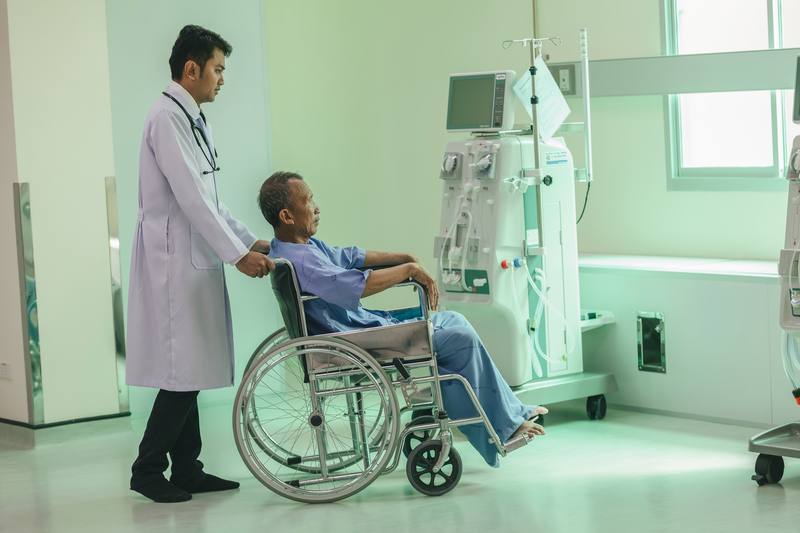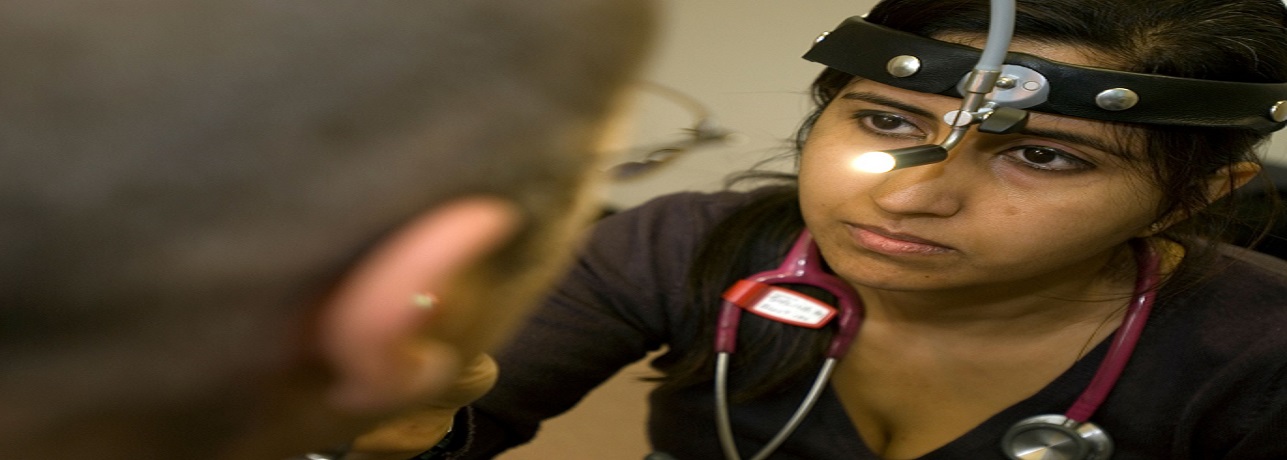Find out more about The Open University's Open Degree.
On 5 July every year the UK celebrates the establishment of the National Health Service (NHS) in 1948, arguably one of the greatest British achievements of the post-war years. The NHS was particularly lauded during the height of the COVID-19 pandemic with weekly clapping for those who worked there. The National Health Service has always been an international health service. It has been built on the labour of migrant workers from around the world working in multiple roles – nurses, doctors, managers, porters and auxiliaries. The whole assemblage of health care has depended on their labour.
Since the inception of the National Health Service, migrant doctors have been seen as an integral but devalued part of the health workforce. These doctors were necessary for its operation, providing a mobile army of labour in the lower rungs of a pyramidal medical hierarchy. Overseas qualified doctors, particularly those from the Indian sub-continent, were provided training in return for meeting the health service requirements of the population. They were, however, systematically disadvantaged in terms of access to jobs, career mobility, the places where they found employment and the specialties they could occupy. Disproportionately represented in training posts and in non-career grade posts they have, however, been a backbone for the development of this very British institution.

One of the specialties where they have found a home and established a niche is geriatric medicine, a specialty that too was born in 1948. Marjory Warren, often considered the ‘mother of geriatrics’ had established the first geriatric unit in the UK, where older patients were admitted, rehabilitated and sent home. This was an innovation in elderly care at that time. However, the new specialty, geriatric medicine, was associated with the wider disdain given to its clientele, older people: a ‘Cinderella specialty’, a disregarded area of healthcare. The work of a few pioneers slowly changed the nature of healthcare for older people in part responding to their dire medical neglect within the NHS hospital system and in part to government and management pressure to improve bed occupancy figures. Geriatric medicine began to offer a career trajectory and eventually became what it is today, the second largest specialty with about 1,514 specialists.
The 'Cinderella specialty' status gave room for overseas trained doctors who found their own opportunities for career growth to find a home within the NHS. They too became pioneers, shaping the nature of geriatric care today where South Asians could find jobs, so that 22 per cent of all geriatric consultants appointed between 1964 and 2001 had trained outside the UK, compared to 14.1 per cent of all consultants in the NHS.

These doctors felt drawn to the UK, rather than the USA, because in South Asia migration to the UK for the purpose of training and gaining membership of prestigious UK Royal Colleges (Membership of the Royal College of Physicians, etc.) had long been embedded in South Asian doctors’ professional cultures. Their lecturers in medical school had undergone some form of training in the UK and upgrading and validating skills through training at one of the UK royal colleges was seen as crucial to being recognised as a good doctor. Thus, the doctors’ mobility was already embedded in a network of professional development which valued temporary movement to the UK, with many staying on because they valued the ethos of the NHS. The power of empire continued to be forceful as medical practice and qualifications were very much influenced by regulating bodies and by professional organisations, located in the UK.
The work of South Asian geriatricians in helping set up geriatrics units up and down the country, inventing new ways of working, rearranging hospital spaces to maximise benefits to patients, researching and writing about how to improve patient care reset the path of geriatrics in the UK and, eventually, more widely in the world. South Asian Heritage is thus woven into the fabric of this most British institution, the National Health Service.
Acknowledgement:
The study 'Overseas-trained doctors and the development of geriatric medicine', ESRC funded RES -062-23-0514 explored the experiences of South Asian geriatricians in the UK.




Rate and Review
Rate this article
Review this article
Log into OpenLearn to leave reviews and join in the conversation.
Article reviews